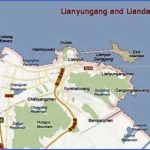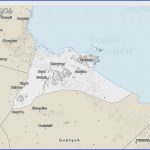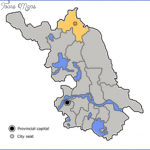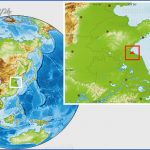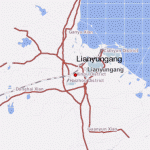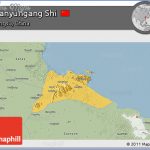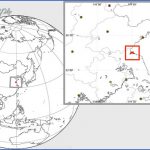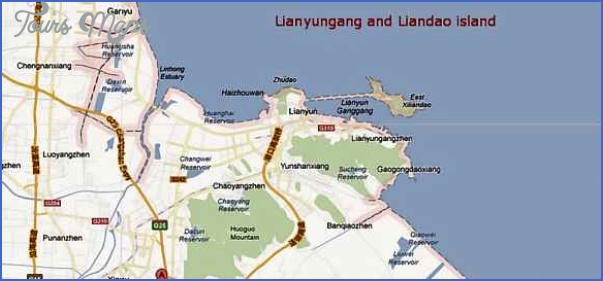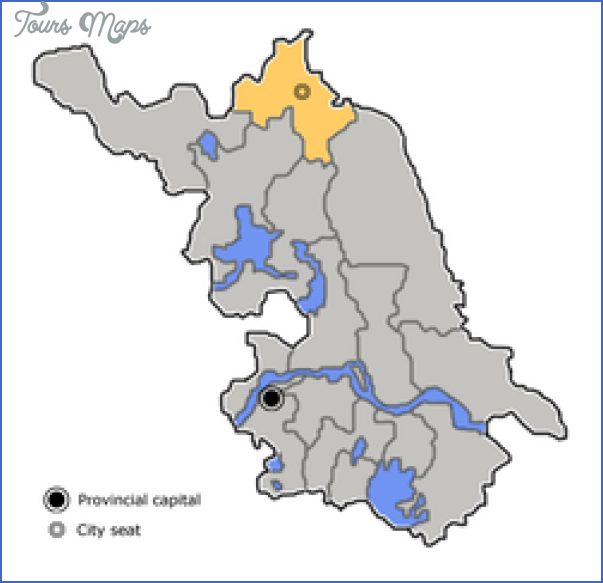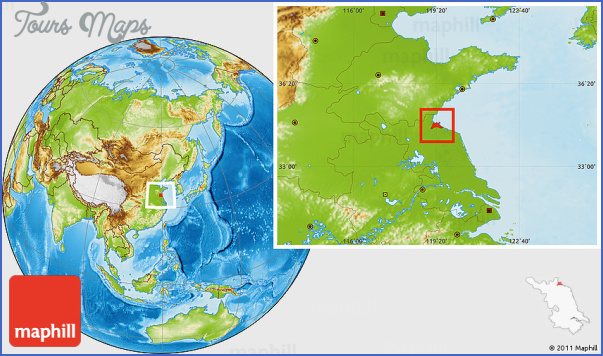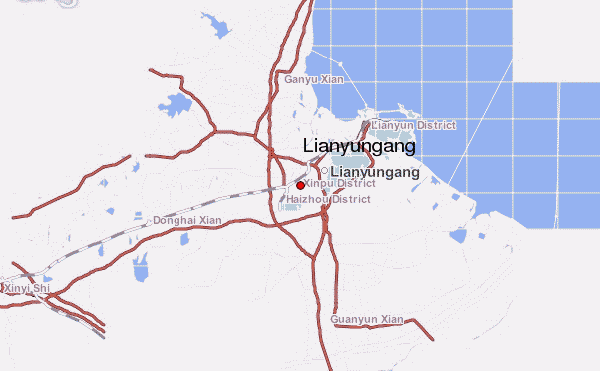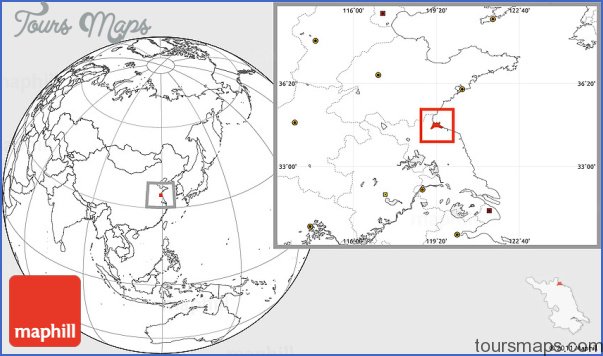Province: Jiangsu. Area: 740sq.km/286sq. miles Population: 380,000 (conurbation 2,930,000)
Situation and Lianyungang lies at 119°28’E and 34°38’N, in the north-east of Gansu
Communications Province on the Yellow Sea.
The city marks the beginning ofthe intercontinental railway line, crossing the whole of China and then Russia and ending finally at Rotterdam (total length: 10,700km/6,500 miles). This “Eurasian bridge” was opened to traffic at the end of 1990.
In a document dating from a.d. 65 mention is made of a Buddhist community in the area of Lianyungang which is also thought to have been responsibleforthe bas-reliefs on Kongwangshan Mountain. Wu Cheng’en, author ofthe famous novel “Travels in the West” (Xiyou Ji), was born in Lianyungang in the 16th c. On the eastern edge of the town a harbour was constructed by the Dutch in 1933. Salt extraction plays an important part in the economy of the town.
Kongwangshan Mountain, 2km/1 mile south of the city, is famous for its 108 sculptures in high relief, which are chiselled into a rock 16m/52ft long and 10m/33ft high. They date from the Eastern Han period (25-220), in other words two centuries earlier than the Dunhuang Grottoes. In front of these relief figures stand two groups of sculptures: an elephant with its keeper and a gigantic toad in a crouching position.
At the foot of Kongwongshan lies the Dragon’s Cave, its walls covered with 24 inscriptions. The oldest date from 1072.
In the Peach Blossom Gorge (Taohua Gou) of Jinpingshan, situated 10km/ 6 miles outside the city, the visitor will find a rock in which the Yi tribe carved large numbers of anthropomorphs and geometric motives 4000 years ago. At that time the rock was used as a sacrificial altar.
15km/9 miles south-east ofthe city rises the 625m/2050ft high Huaguoshan Mountain. At about 400m/1300ft up the mountain stands the temple of Sanyuan Gong dating from the 7th c.
The cave of Shuilian Dong (“Water Curtain Cave”) is where the king ofthe apes Sun Wukong from the novel “Travels in the West” (Xiyou Ji) by Wu Cheng’en is supposed to have lived.
The 625m/2050ft high mountain of Yuntaishan, famed for the weird shapes formed by its rocks, rises 20km/12’/2 miles to the east ofthe city.
Some scholars are of the opinion that Yuntaishan Mountain inspired Wu Cheng’en to create the “Mountain of Flowers and Fruit” in his novel “Travels in the West”.
At a height of 400m/1310ft stands Sanyuan Gong Monastery, a Taoist building complex dating back 1300 years. At the foot of the mountain stands a tiled pagoda (1026).
Lianyungang Map Photo Gallery
Maybe You Like Them Too
- The Best Cities To Visit in The World
- World’s 10 Best Places To Visit
- Coolest Countries in the World to Visit
- Travel to Santorini, Greece
- Map of Barbados – Holiday in Barbados

